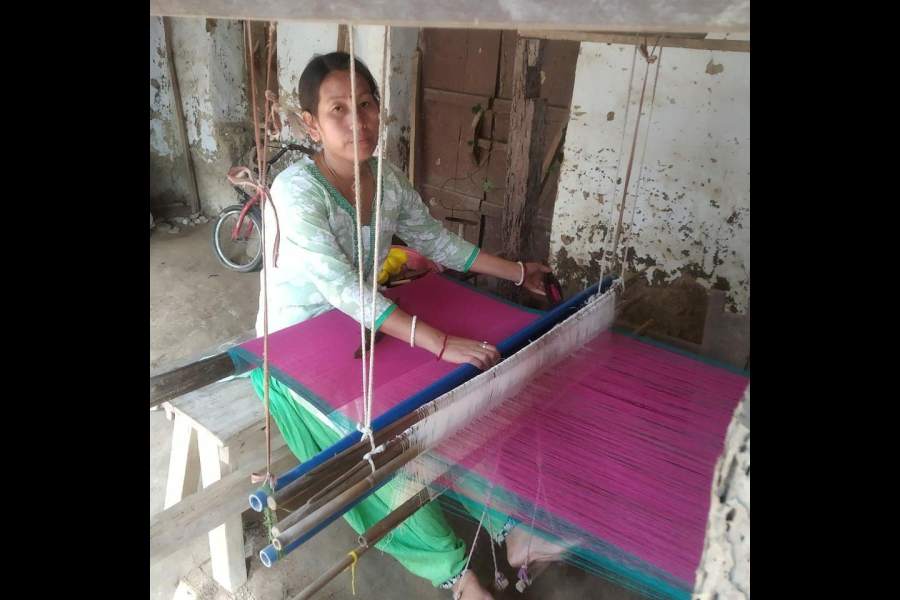Tripura’s traditional attire, known as “risa”, has been honoured with the Geographical Indication (GI) registration, commonly referred to as the GI tag.
Risa, a handwoven fabric, is an integral part of the attire worn by the indigenous people of Tripura. Crafted by Tripuri tribal women utilising a loin loom, these fabrics, including risa, boast vibrant colours and intricate designs.
Risa constitutes a fundamental element of traditional Tripuri attire, consisting of three components — the other two being rignai and rikutu. Rignai, serving as the lower garment, translates directly to “to wear” and resembles an indigenous version of the sari prevalent in mainland India. Rikutu functions primarily as a wrap, akin to the “chunri” of the Indian sari.
In a statement released on Sunday night, the chief minister’s office (CMO) stated: “This recognition not only venerates the rich heritage of Tripura but also underscores the Chief Minister’s dedication to safeguarding and promoting the state’s unique cultural identity.”
The GI tag bestowed upon risa serves as a guardian of the traditional artistry and genuineness of the attire. Furthermore, it unlocks avenues for economic prospects and enhances visibility on both national and international platforms.
Tripura chief minister Manik Saha, while extending congratulations to the weavers, particularly those associated with the Killa Mahila Cluster supported by the Tripura Rural Livelihood Mission, underscored the significance of the GI recognition. He said: “This accolade will undoubtedly propel our distinctive garment towards international acclaim.”











